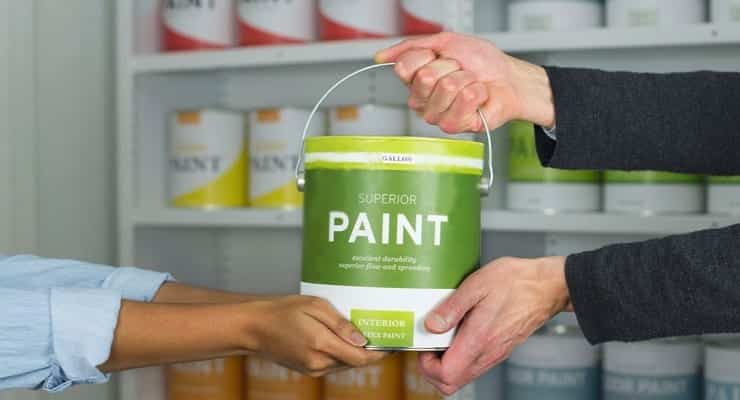
Infrastructure
Our 21st century society depends upon a sophisticated infrastructure, including a maze of highways, bridges, roads, airports, ports, tunnels, technology corridors, communications systems and much more. Upon these structures, we live, work, play, travel, raise families and grow old. To maintain these systems and continue to develop the systems necessary to support future innovations in infrastructure and technology, appropriate policies must be developed and implemented. Coatings that provide durability, corrosion protection, reflectivity and many other performance characteristics will be key materials in these endeavors. ACA works to aid policy development that will allow coatings to remain key materials in infrastructure.
Environment
The air we breathe and the water that sustains all life forms should be protected and should not form an unreasonable risk to living beings and systems. Environmental regulations such as air emissions standards, water quality criteria and chemicals management requirements play a significant role in protecting our air and water. In addition to these important goals, these regulations can assist in establishing a level playing field for manufacturers of paints and coatings.
ACA and the coatings industry work extensively with environmental agencies to develop reasonable regulations with which manufacturers can comply and continue to manufacture products that perform. Our goal is to ensure that environmental agencies have as much data about our industry and the specific coatings at issue to make reasonable, scientifically sound and effective policy.


Product Safety
Communicating with employees, customers and consumers is an important element for a successful industry. This communication takes many different forms. One of the most prominent methods of communication for the coatings industry is the label on our product or the safety data sheet for occupational settings, which, in some cases, accompanies products. These efforts take on gigantic proportions, many different disciplines and significant internal resources.
Working with the many agencies at the federal and state levels that address these communications is a priority for our industry. We endeavor to be responsive and clear about the safe use and handling of our products and are constantly working to achieve this goal.
Trade
The U.S. paint and coatings industry is a modern, globally competitive industry that supports a substantial number of high-paying jobs in the United States, many of which are supported by exports, valued at $2.2 billion in 2020. Some 71 percent of that was to Canada and Mexico; and our industry’s annual trade with China accounts for the third largest market for the coatings industry, underscoring the importance of trade to the coatings industry.
Opening markets and establishing free trade agreements that protect U.S. manufacturers from deceptive and unfair practices is a priority for ACA. The coatings industry supports free trade, bilateral or multilateral agreements that provide clear instructions for dispute settlement, rules of origin determinations, digital trade, regulatory transparency and tariff-free transactions.


Security
Employees at coatings facilities are some of the most valuable resources in the industry. Some of these facilities may use raw materials that could be of interest to nefarious individuals intent on disturbing our communities, our industry or specific entities. ACA believes that security policies and regulations must focus on the specific risk presented by the facility’s environment and the chemicals that could be targeted. ACA and the coatings industry work with relevant agencies in understanding our facility processes, manufacturing practices, and the raw materials used to make high-performing products in order to ensure safety and security for members of the industry, its employees, and surrounding communities.
Post-Consumer Paint Management
Leftover paint is the number one product collected at household hazardous waste events in the United States. Yet, much of this leftover paint product is viable and should not be treated as a waste. As a trailblazer in industry product stewardship, ACA created PaintCare — the industry-led end-of-life management program for post-consumer paint. ACA’s endeavors to pass legislation requiring the establishment of paint stewardship programs at the state level is an on-going activity that is supported by the coatings industry. To date, laws mandating ACA’s post-consumer paint management PaintCare program have been enacted in California, Colorado, Connecticut, District of Columbia, Maine, Minnesota, New York, Oregon, Rhode Island, Vermont, and Washington.
Paint stewardship, as proffered by ACA and the coatings industry, requires the establishment of a network of drop-off sites at municipal locations and retail outlets that sell paint in order to maximize convenience to consumers. Collected leftover paint is then transported to processors and a significant portion of the collected material is diverted from landfills. Since October of 2009, over 46 million gallons of architectural paint have been collected by PaintCare and much of this has been re-used, recycled or used for energy recovery. How cool is that?
